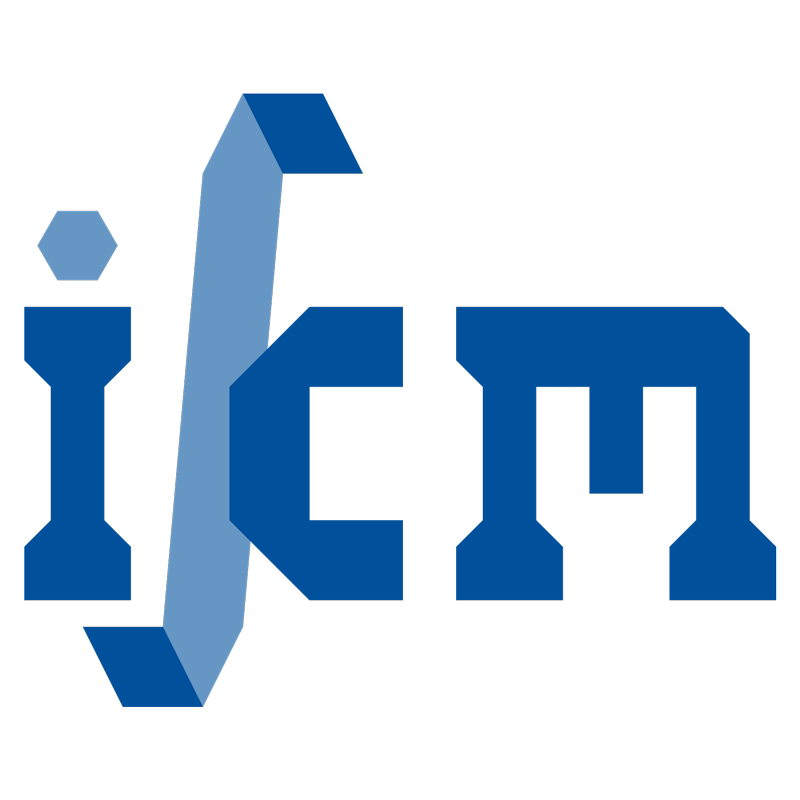Self-actuating fiber composites for auto-adaptive structures
- verfasst von
- N. Krstulovic-Opara, Peter Wriggers, L. Krstulovic-Opara
- Abstract
This paper explores a novel approach in developing auto-adaptive, High-Performance Fiber Reinforced Concrete (HPFRC) based composite structures. This is achieved through the selective use of hybrid, self-actuating, Shape Memory Alloy (SMA) - HPFRC composites (SMA-HPFRCCs). Previous use of "passive" HPFRCs in seismic retrofit and new construction resulted in excellent seismic performance. By combining "passive" FRC fibers with continuous or discontinuous SMA fibers, self-actuating SMA-HPFRCCs that can change their stress-strain response during loading, were recently developed. The paper presents results of a numerical investigation on the use of such SMA-HPFRCCs to develop highly energy absorbing, replaceable, "fuse" zones that adjust their response to the level of overload, and thus optimize overall system response to the different levels of seismic excitations. A model-based simulation of the self-actuating HPFRC fuse response is presented first, followed by a discussion of its possible use in auto-adaptive structures. While in an actual auto-adaptive structure "triggering" of the desired self-actuating fuse behavior will require the use of "sensing" and control elements, the paper focuses only on the behavior of SMA-HPFRCC fuses.
- Organisationseinheit(en)
-
Institut für Baumechanik und Numerische Mechanik
- Externe Organisation(en)
-
North Carolina State University
- Typ
- Aufsatz in Konferenzband
- Seiten
- 416-425
- Anzahl der Seiten
- 10
- Publikationsdatum
- 30.07.2001
- Publikationsstatus
- Veröffentlicht
- Peer-reviewed
- Ja
- ASJC Scopus Sachgebiete
- Elektronische, optische und magnetische Materialien, Physik der kondensierten Materie, Angewandte Informatik, Angewandte Mathematik, Elektrotechnik und Elektronik
- Elektronische Version(en)
-
https://doi.org/10.1117/12.434154 (Zugang:
Geschlossen)


